Is Traveling in Planes Unsafe in 2025? What does statistics say

There’s something about the phrase “air crash” that freezes us mid-sentence. A single tragic incident can feel louder than millions of safe landings. And in 2025, with a string of unsettling headlines from India to the U.S., many are beginning to ask, Is flying still the safest way to travel? Or has the sky started to crack?
One moment, you're sipping orange juice at 30,000 feet; the next, you're wondering if the turbulence is just weather or a whisper of something worse. Whispers turn into web searches, and suddenly, every engine hum feels like a prelude to disaster. The sleek confidence of jetliners begins to flicker under the spotlight of fear. And yet, buried beneath the headlines, a quieter truth persists, less dramatic, but far more telling.
But as with most fears, the reality lies somewhere between the data and the drama. Let’s explore what the numbers say, what recent events mean, and how flying today compares to hopping in a car, boarding a train, or cruising on the highway.
Is Traveling in Planes Unsafe in 2025? Here’s What the Numbers and Headlines Really Say
A Statistical Altitude Check: Safer Than Ever, But Not Flawless
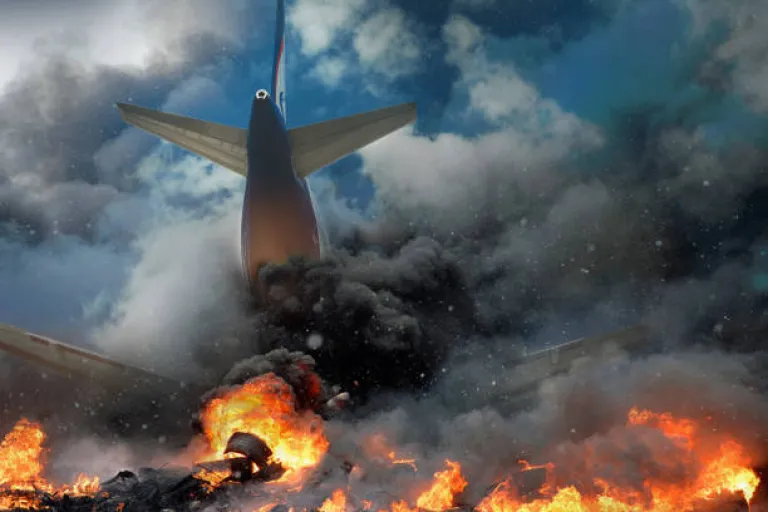 Despite the anxious murmurs, aviation remains remarkably safe in 2025. According to the International Air Transport Association (IATA), more than 40.6 million flights took off around the world in 2024. Out of those, only seven resulted in fatal accidents, with 244 lives lost, a heartbreaking number, but one that still reflects an extremely low fatality risk of 0.06 per million flights. While slightly higher than the 2023 figure, it remains well below the five-year average.
Despite the anxious murmurs, aviation remains remarkably safe in 2025. According to the International Air Transport Association (IATA), more than 40.6 million flights took off around the world in 2024. Out of those, only seven resulted in fatal accidents, with 244 lives lost, a heartbreaking number, but one that still reflects an extremely low fatality risk of 0.06 per million flights. While slightly higher than the 2023 figure, it remains well below the five-year average.
To grasp the scale: you would have to fly once every single day for nearly 16,000 years before statistically encountering a fatal air accident.
Now compare that to our everyday roads, where more than 1.35 million people die each year, a staggering figure. According to the World Health Organization, road travel is consistently the most dangerous, particularly in countries where traffic regulations are poorly enforced or infrastructure is lacking.
So if the conversation is grounded in facts, not fear, air travel continues to reign as the safest mode of mass transportation humanity has ever designed.
Roads vs. Rails vs. Runways: Which is Truly Safer?
When weighing your travel options, it’s easy to go with what feels familiar, cars for convenience, trains for comfort, planes for speed. But when it comes to safety, the data paints a clearer picture. Here’s a quick comparison of how each mode stacks up in terms of global fatality risks:
Mode of Transport | Global Fatality Risk (2024–25) |
|---|---|
Road (Cars, Buses) | Approximately 1.35 million deaths annually worldwide |
Rail (Trains) | Generally low in developed nations; higher in some regions due to older infrastructure |
Aviation (Commercial Flights) | Just 0.06 fatalities per million flights |
While road safety tech, like automatic braking and lane assist, has improved, the roads themselves remain dangerous. Human error, speeding, fatigue, and poor infrastructure are constant threats, especially in developing countries.
Rail travel fares better, particularly in nations with modern networks. Bullet trains in Japan, for instance, have had zero fatalities since inception. In contrast, train travel in some parts of Asia or Africa still grapples with maintenance issues and outdated signaling systems.
However, when judged purely by the numbers, commercial aviation outperforms the others. Its combination of engineering precision, rigorous global standards, and advanced air traffic control systems ensures a level of safety unmatched by any other mode of travel.
So if safety is the priority, then statistically speaking, the sky is still the safest place to be.
But What About the Headlines? Recent Events That Stirred Doubt
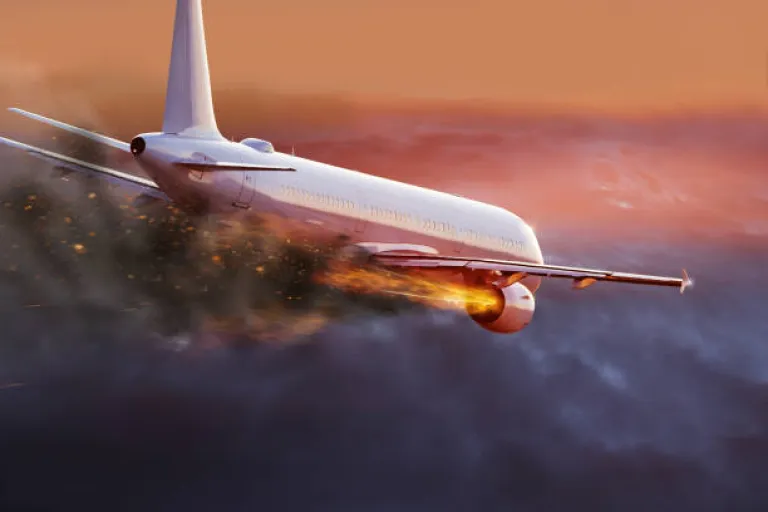
While the statistics continue to reassure us, recent headlines have painted a more troubling picture. A cluster of high-profile aviation incidents across the globe, particularly in late 2024 and early 2025, has rattled public trust in air travel. Though these events remain statistical anomalies, their emotional weight is undeniable.
Let’s examine some of the most significant cases that have stirred both media attention and safety debates.
1. The Air India Flight 171 Crash: June 2025
Perhaps the most tragic and disturbing aviation event of the year, Air India Flight 171 crashed shortly after takeoff from Ahmedabad, claiming 260 lives, including 19 on the ground. The aircraft, a Boeing 787 Dreamliner, suffered a complete loss of engine power mid-air. The cause? A shocking revelation: the manual deactivation of both fuel cutoff switches.
Investigations pointed to possible human error, with additional probes into the pilot’s mental health and recent behavioral history. The tragedy sparked a fierce nationwide discussion on cockpit safety, psychological evaluations of crew members, and the need for real-time cockpit monitoring systems.
It also prompted global airlines to revisit emergency protocols and simulator training modules for such rare but catastrophic scenarios.
2. The Potomac Mid-Air Collision: January 2025
In the skies above Washington D.C., an American Eagle CRJ700 regional jet and a U.S. Army Black Hawk helicopter collided mid-air in what has now been labelled the deadliest American aviation accident in nearly two decades. All 67 people on board both aircraft were killed, prompting a full-scale review of civil-military airspace coordination.
The National Transportation Safety Board (NTSB) and the Pentagon launched a joint inquiry into how two well-equipped aircraft could find themselves on a fatal collision course. Early assessments pointed to conflicting airspace permissions and delayed radio communication, reigniting long-standing calls for integrated airspace tracking between civilian and defense sectors.
3. Delta Connection Flight 4819: February 2025
In Toronto, a routine landing turned chaotic when Delta Connection Flight 4819, a CRJ900 regional jet, hit the tarmac too hard during icy weather. The aircraft skidded, tipped, and eventually overturned. While no lives were lost, 21 passengers were hospitalized with injuries ranging from broken limbs to mild concussions.
The incident highlighted ongoing concerns about runway conditions in harsh winters, as well as the limitations of regional jet performance during challenging landings. It also brought attention to the increasing number of new pilots operating under high workloads due to post-pandemic staffing gaps.
4. A Global Spike in Near Misses
Perhaps more concerning than isolated crashes is the growing pattern of near collisions, especially in North America and parts of Latin America.
In one startling case, a B-52 military bomber and a commercial Delta jet came dangerously close over North Dakota, following a miscommunication between air traffic controllers and military radar stations. In another instance, two commercial aircraft were moments away from landing on the same runway in Mexico City, where outdated radar systems and mismanaged instructions nearly led to disaster.
These incidents have pushed aviation regulators and safety boards to reassess air traffic staffing levels, technology upgrades, and crisis communication drills. The U.S. Federal Aviation Administration (FAA), in particular, is grappling with a severe air traffic controller shortage, estimated at over 3,000, resulting in longer shifts, faster decisions, and a slimmer margin for error.
India’s Wake-Up Call: Regulatory Pressure Builds
Closer to home, the spotlight has sharply turned toward India’s aviation sector. The Directorate General of Civil Aviation (DGCA) has intensified scrutiny, particularly targeting Air India, after a spate of safety protocol breaches.
Within just six months, the national carrier received nine show-cause notices, citing lapses ranging from fatigue management failures to incomplete safety audits and gaps in crew training.
This wasn't just routine bureaucracy flexing its muscles. The alarming chain of incidents culminating in the tragic crash of Flight 171 has acted as a national wake-up call.
As a direct response, the DGCA is now accelerating sweeping policy reviews. Among the most pressing proposals are mandatory mental health screenings for pilots, tighter aircraft maintenance cycles, and roster reforms designed to curb exhaustion-induced errors.
Behind the bureaucratic language lies a simple truth: systemic fatigue and overlooked checklists can be as dangerous as any mid-air technical failure.
In short, these developments don’t point to a collapse in safety. But they underscore something aviation has always known resilience is only as strong as the weakest overlooked detail. When multiple systems, staffing, oversight, training all start creaking at once, even the best infrastructure can strain.
While the skies over India are not breaking apart, they are undeniably flashing amber.
Editorial Reflections: Reading Between the Runways
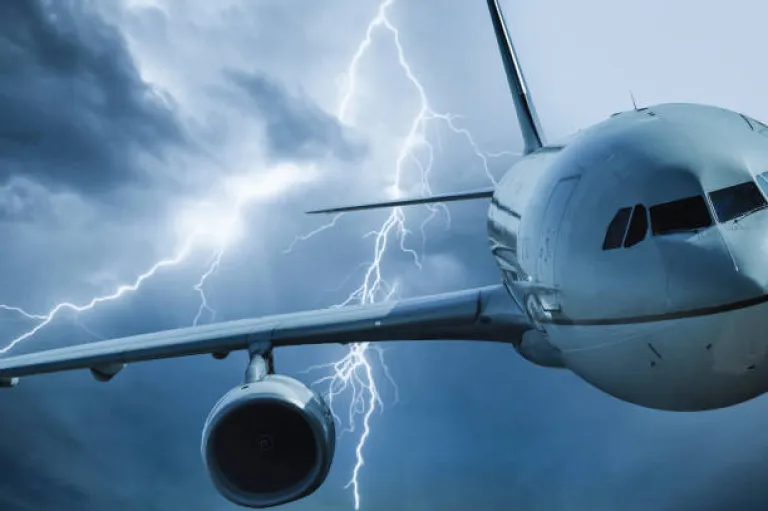 Let’s pause here and step away from data charts and regulatory statements. Because while numbers can reassure, they rarely comfort.
Let’s pause here and step away from data charts and regulatory statements. Because while numbers can reassure, they rarely comfort.
Each crash headline, each terrifying cockpit video, each oxygen-mask moment etched into memory chips around the world chips away at our sense of control. Even if you understand the odds, aviation feels binary: it’s either a smooth landing or catastrophe. There are no second chances mid-air.
And yet, what we’re witnessing in 2025 isn’t a collapse of the aviation system. It’s a warning light on the dashboard. A signal that too many moving parts are running too hot for too long.
Global flight volumes have surged back to, and in some regions, exceeded pre-pandemic highs. Airports are bursting at the seams. Many air traffic control towers are operating with skeleton crews, and the U.S. alone reports a shortfall of over 3,000 qualified controllers.
Meanwhile, emerging economies are expanding their fleets faster than their talent pipelines can keep pace.
But amid all this turbulence, one truth holds: planes are still not falling out of the sky. Systems still work. Pilots still train. And passengers millions of them, still land safely every single day.
So no, we’re not in freefall. But neither can we afford autopilot.
What the Future Needs: Safety Is Not a Static Achievement
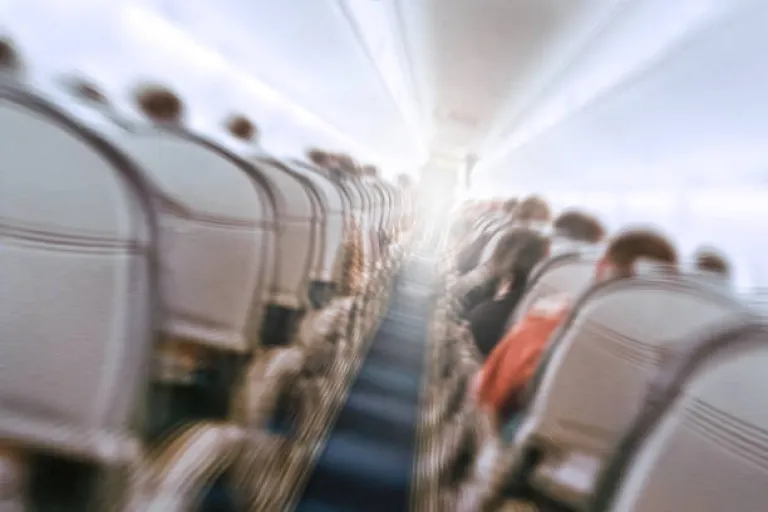 If aviation wants to keep its reputation as the world’s safest form of transport, it must treat safety not as a milestone, but as a moving target. Here’s what that demands:
If aviation wants to keep its reputation as the world’s safest form of transport, it must treat safety not as a milestone, but as a moving target. Here’s what that demands:
Human Factors Must Take Center Stage:
From cockpit fatigue to mental health and procedural discipline, human error remains the most consistent source of aviation risk. Addressing it can’t be a box-ticking exercise, it must be continuous and compassionate.Technology Must Leap Ahead:
Predictive maintenance, AI-assisted monitoring, and modernized air traffic control systems are not futuristic dreams, they are critical, present-day needs. As the skies grow more crowded, intelligent systems must grow smarter.Regulation Must Keep Up:
As drones, eVTOLs, space-tourism vehicles, and supersonic jets enter airspace, regulators will need to be agile, anticipatory, and globally harmonized. Yesterday’s frameworks won’t suffice for tomorrow’s altitude.Training Has to Be Constant, Not Occasional:
From pilots to ground staff and controllers, training must be immersive, ongoing, and globally standardized. Simulation must meet scenario. Culture must meet compliance.
Should You Be Afraid to Fly in 2025?
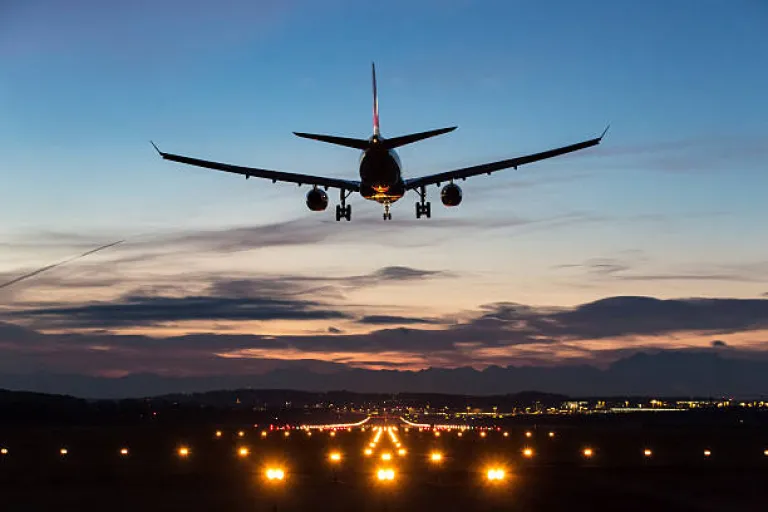
The honest answer? No.
Flying remains one of the safest choices you can make when traveling in 2025. It’s not the sky that’s falling, it’s our illusions of infallibility that are being recalibrate. The recent headlines are sobering, but not predictive of doom.
Each safe landing still represents thousands of hidden decisions made correctly. It’s a triumph of systems, people, planning, and purpose.
But that triumph should never be assumed. It must be earned, every single day.
So go ahead, book that ticket. Step into that cabin. Fasten your seatbelt. And trust in an industry that, while under pressure, remains deeply committed to its sacred task: to lift you safely above the earth, and bring you gently back again.
Published at
About Author
Prerna Dixit
Subscribe our Newsletter
Get our weekly tips and travel news!
Related Posts
10 Best Airlines in The World - 2024
Discover the top 10 airlines worldwide for 2024
10 Must Know Tips and Tricks while dealing with Indian Airport Customs
Tips and tricks for navigating the Airport customs like a pro!
10 secret hacks to book cheap flight tickets in India
Forget expensive trips! These 10 desi hacks will have you jet-setting across India like a budget-savvy Bollywood star. Incognito browsing, Tuesday travels, local airlines & midnight deals are your secret weapons.
10 travel hacks for traveling in domestic flights in India
Discover 10 essential travel hacks for a smooth experience on domestic flights in India, from smart booking strategies to in-flight comfort tips, ensuring an enjoyable and stress-free journey across the country's diverse landscapes.
12 Most Scenic Flight Routes Around The World
Soar over majestic mountains, turquoise archipelagos, iconic landmarks, and witness nature's wonders from a whole new perspective...
Latest Posts
5 Motorcycle Rental Routes in Ladakh for Enfield Enthusiasts in 2026
From Nubra Valley to Pangong Lake, explore the best Ladakh motorcycle rental routes for Royal Enfield riders planning a 2026 trip.
7 Best Wedding Venues in Nashik
From vineyard weddings to elegant banquets, discover Nashik’s best wedding venues compared by budget and guest capacity.
5 Houseboat Dinners in Alleppey for a Magical Christmas Eve
Celebrate Christmas Eve in Alleppey with top 5 candlelit houseboat dinners, festive Kerala cuisine, and serene backwater cruises. Discover the best options here.
7 Secluded Beach Resorts for New Year Couples Retreat
Planning a romantic New Year escape? Discover 7 secluded beach resorts in India perfect for couples seeking privacy, ocean views, and peaceful celebrations.
7 Organic Cafes in Pune with Farm-to-Table Menus for Health Lovers
Pune's top 7 organic cafes! Fresh, farm-to-table eats for guilt-free indulgence. Yummy, healthy, and supports local farms!

